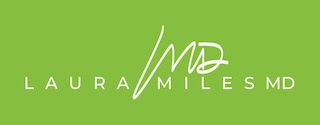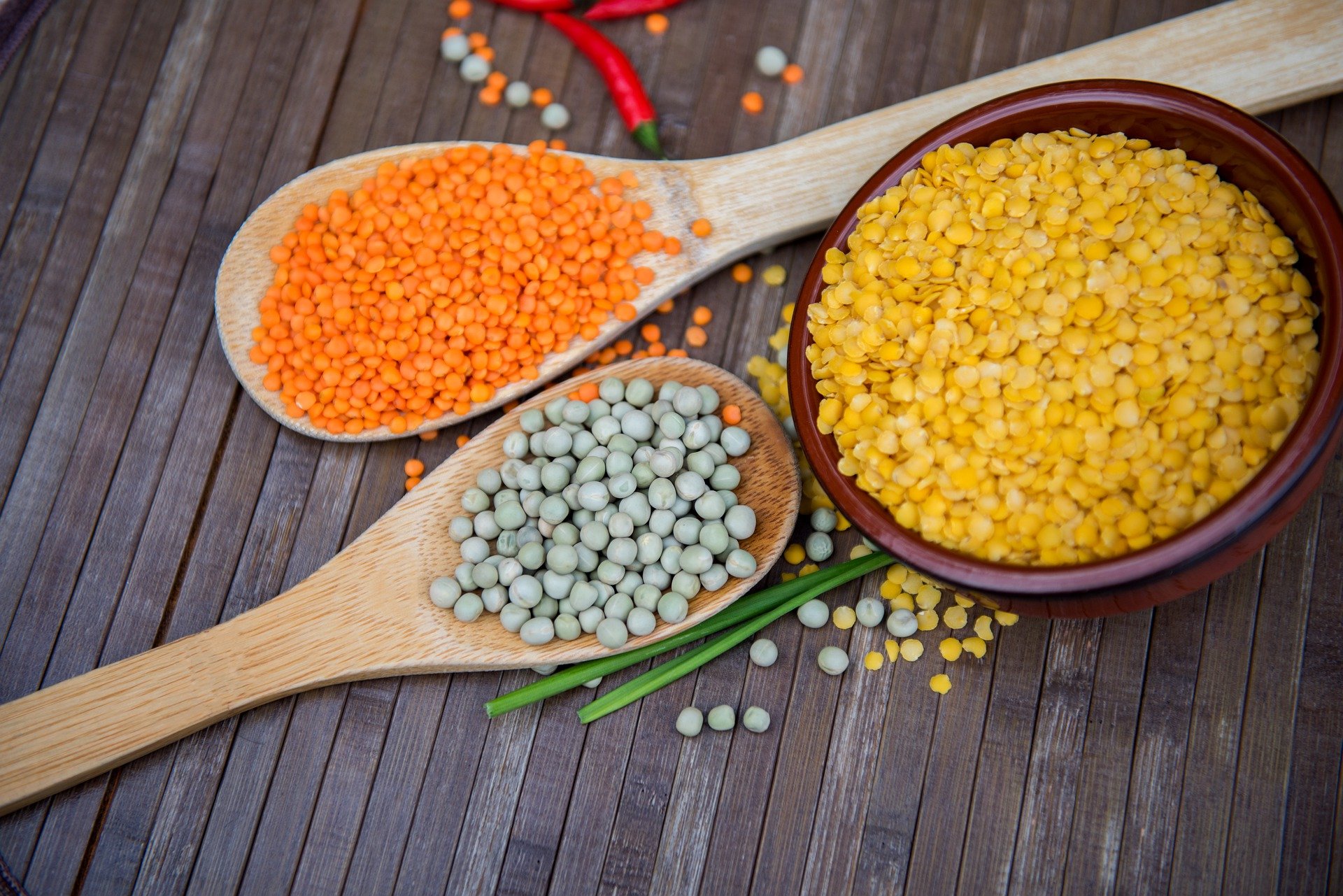You always hear ‘eat more fiber’ but not all fiber is created equally so how do you know which one you need? The average American diet is very deficient in fiber eating only about half the recommended dose of 25 to 30 grams. This leads to a multitude of issues including constipation but you may not realize low fiber diets have been implicated in colon cancer, diverticulitis and increased cholesterol levels. In addition, fiber helps slow down the sugar response which implicating lower fiber diets contribute to diabetes. Low fiber may also increase PMS symptoms by impairing the elimination of excess estrogen.
READ ON to learn more about the different types of fibers and which ones you need..
First there are two basic categories of fiber: soluble and insoluble. Both are important.
• Soluble fiber attracts water causing it to turn to a gel like substance during digestion. This helps collect metabolic waste products and chemicals helping them eliminate from the body.
o Examples of soluble fiber include: Bananas, oranges, pears, broccoli, avocado, carrots, kidney beans, lima beans, oats, barley, quinoa, chia seed, flaxseed and psyllium.
• Insoluble fiber passes through the stomach and intestines more quickly. It absorbs fluid and adds bulk in the colon. This can make stools larger and easier to pass.
o Insoluble examples include wheat bran, brown rice, almonds, walnuts, cashews, macadamia, sunflower seeds, black, navy or pinto beans, lentils, cauliflower, green beans, carrots, potatoes and fruits with edible seeds like kiwis, grapes and raspberries.
• Sometimes you will hear about a third type of fiber called Prebiotic Fiber. This fiber is felt to be fermentable by our gut bacteria which then proceeds to feed the good bacteria in our gut. Sources of this bacteria include bananas, onion, garlic and chicory root.
Here are some types of fiber. Keep in mind some people do better with certain fibers than others.
1. Cellulose: Insoluble fiber found in plant cell walls. This is the primary fiber found in veggies like broccoli, cauliflower, cabbage and kale. Legumes, bran and some nuts are also in this category. This type of fiber also aides in the growth of beneficial bacteria.
2. Pectins: Soluble fiber found in foods like apples, carrots, citrus and potatoes. It is also in small amounts in nuts and legumes. This fiber is particularly good at helping to regulate the amount of sugar absorbed causing an improved blood sugar response. This may also help lower cholesterol.
3. Beta glucans: Soluble fiber found in foods like mushrooms, oats and barley. Shitake and Reishi are rich in this fiber. Again, this fiber may help blood sugar levels but it also has a role in helping you feel full faster. The bacteria in our gut really like this fiber and when it is fermented in our gut it acts like a prebiotic which is giving our good bacteria a food source. Beta glucan supplements also help boost the immune system so I would assume eating it does too!
4. Psyllium: Soluble fiber which is not really found in foods unless it has been added as in higher fiber cereals. This is a common ingredient in fiber supplements, though. Like other soluble fibers it helps with blood sugars, can help relieve constipation and binds cholesterol. This also helps feed the good bacteria in our gut.
5. Lignin: Insoluble fiber found in veggies like green beans & zucchini, whole grain foods, flaxseed and some fruits like bananas and avocados. Lignins have a tendency to solidify your stool pushing it along a little faster. This in turn might play a role in decreasing the risk of colon cancer like other insoluble fibers.
6. Inulin: Soluble fiber found in foods like bananas, garlic, onions, asparagus and wheat. This fiber slows the digestion down which helps you feel full longer. Inulin in supplements is derived from chicory root. Some people might find this fiber disagreeable because it is a very fermentable fiber by our gut bacteria…cue gas.
Soluble fiber is often good for constipation or diarrhea. Insoluble fiber would not be recommended for diarrhea as it has a natural laxative effect and is more suited for constipation. It is best to get your fiber from your diet but if you aren’t getting close to the recommended daily amount then consider adding a fiber supplement. Fiber recommendations vary by age and by sex. Women less than 50 need around 25 grams a day while over 50 the suggestions are 21 grams a day. Men need more fiber and the goal is 38 grams for under 50 and 30 grams for over 50.
To your health,
Laura









